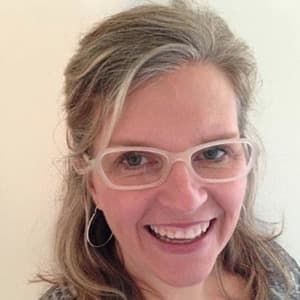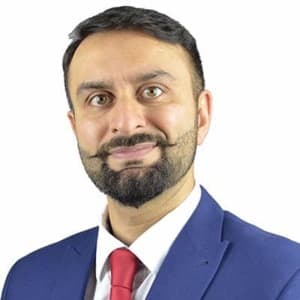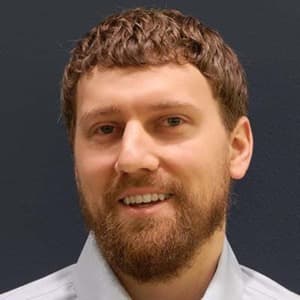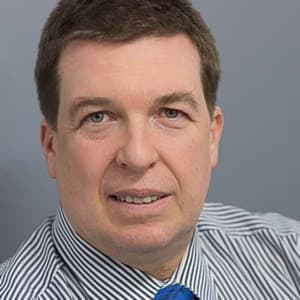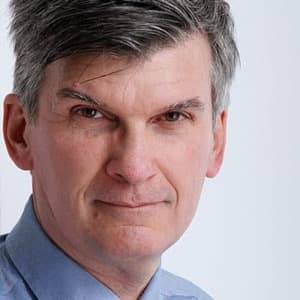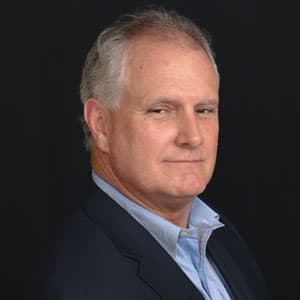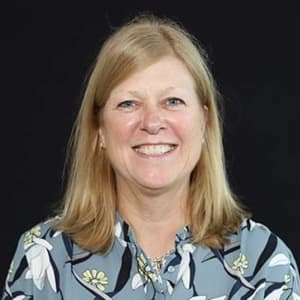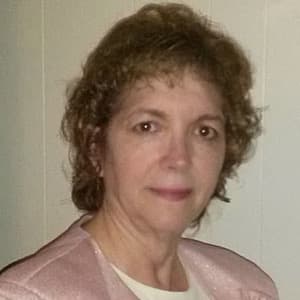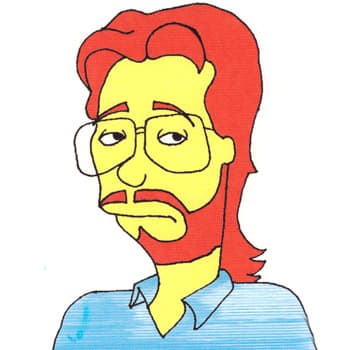The Blog
BBC Interview Series: Laura Thompson at Capstone Ridge Group
In anticipation of her co-presentation at Building Business Capability in Vegas, Oct 31, – Nov. 4, 2016, we asked Laura Thompson, Practice Lead Business Transformation at Capstone Ridge Group, a few questions about pursuing business excellence. Check out her interview in relation to her BBC co-presentation entitled, Building Change Capacity From the Top Down – A Hospital’s Transformation Journey.
Q: In what ways do you see your group helping your organization pursue business excellence?
A: We see the pursuit of business excellence being fostered through our ability to develop their internal capacity for change. Even though this takes a great deal of time to develop, once they get there, it becomes truly transformational. The key to this work is level setting expectations i.e. business excellence is not achieved overnight and can be a long and often painful process.
Q: Can you describe the challenges you face or have already overcome in establishing more robust business capabilities for your organization?
A: The biggest challenge we have faced is ensuring that there is top down alignment in vision and strategy. Due to the size and complexity of the organization, there is larger potential for differing views about how to proceed and who should be involved. As equally as important in confirming the “what” and the “who” is ‘’why” the organization is striving for optimizing business capabilities so that all effort to be exerted is justified.
Q: What are your short-term goals for becoming more agile?
A: In the environment in which we work, terminologies such as ‘’agile” are often not fully understood nor embraced. That said, it is incredibly important to have clear and reasonable goals as it pertains to agile. For example, organizational performance regardless of level is assessed on an ongoing basis and not just once or twice a year.
Q: What’s the most valuable thing you’ve learned in the past year?
A: That you need to develop a common language in order to truly communicate. There are a significant number of stakeholders actively participating in the organizational transformation process. The Business Process Management approach of establishing a Value Chain of critical high level processes and the subsequent decomposition of these processes into more manageable sub-processes allows the organization to not only have an ongoing dialogue about how they currently work but how they would like to work in the future.
Q: What do you see as the most important goal or trend for business analysts and other professionals to keep in mind?
A: The most important goal for business analysts and business transformation consultants is to keep in mind is the importance of tackling complex challenges through the lens of your key stakeholders in order to be successful. This is easier said than done because it involves actively engaging key cross sections of the organization, both internally and externally, which can often be time and resource intensive. Meeting the expectations of all important stakeholders has the potential of reaping significant returns on investment.
Q: What’s the latest method/process/tool you’ve implemented to help your business operate more effectively? Have you seen any results yet?
A: We are applying an integrated approach to transformation based on strong business process management, project management and organizational change management techniques. We are in the midst of rolling out change so results have not yet been achieved.
Q: If you could go back 5 years in time and give some professional insight or advice to yourself, what would it be?
A: Don’t sweat the small stuff. To a large extent, it is never a “one and done” approach and things will get messy before they get refined and elegant. Tackling complex issues is a iterative process that requires many sets of eyes. It is literally like peeling back layers of an onion. Adopting this approach allows one to not move too quickly and actually enjoy the journey, no matter how long it might turn out to be.
Q: What’s one question you wished you were asked in this interview but were not? And how would you answer?
A: What is the most significant milestone that needs to be achieved as the foundation for business excellence? That the overall capacity for change starts with the readiness and competencies of your leadership. Once they become exceptional agents of change, the organization is fertile ground for transformation. Successful engagement of front-line resources and the subsequent successful execution of strategy and vision depends on this.
Q: Sneak preview: Please tell us a take-away that you will provide during your talk at the Building Business Capability (BBC) conference this year?
A: Every organization, regardless of their size and complexity, has a “burning platform” that serves as a catalyst to make changes to current business processes and attempt to optimize business performance for the future. This ‘”burning platform” forms the basis of the business case to justify the level of effort that is required to embark in an organizational transformation journey. It is the responsibility of leadership to effectively convey the reasons why change is required and ensure that all future strategies are aligned to this justification.
—————————–
Don’t miss Laura’s co-presentation, Building Change Capacity From the Top Down – A Hospital’s Transformation Journey, at Building Business Capability on Wednesday, November 2, 2016 from 3:10 to 4:10 pm. Click here to register for attendance.
2018 Program
Connect
Building Business Capability is the only conference that provides insight into Business Analysis, Business Architecture, Business Process, Business Rules, Business Decisions, and Business Strategy & Transformation toward the pursuit of business excellence.
STAY CONNECTED
Event Produced and Organized by Rising Media in association with Business Rule Solutions Copyright © 2010-2018, Rising Media, Inc. All Rights Reserved.

